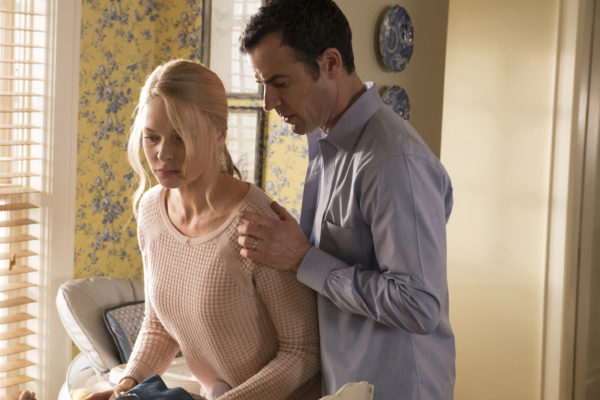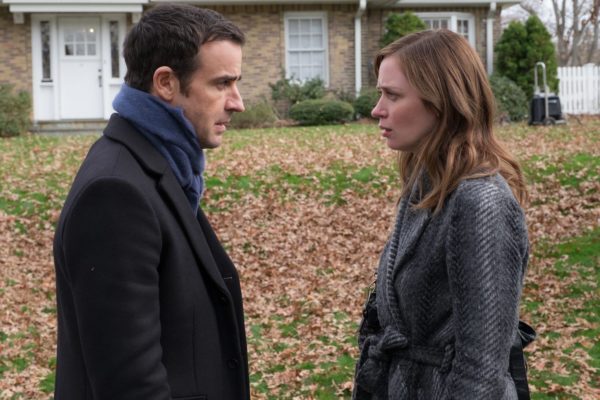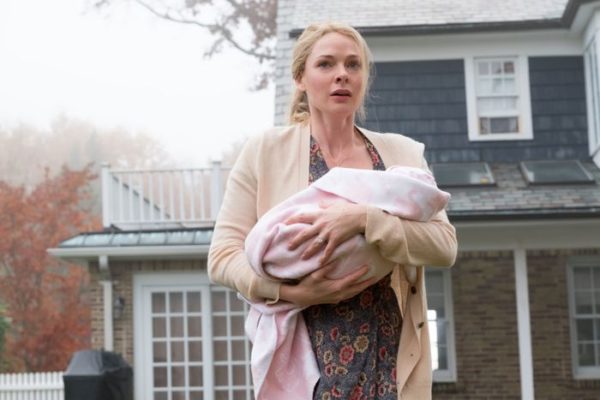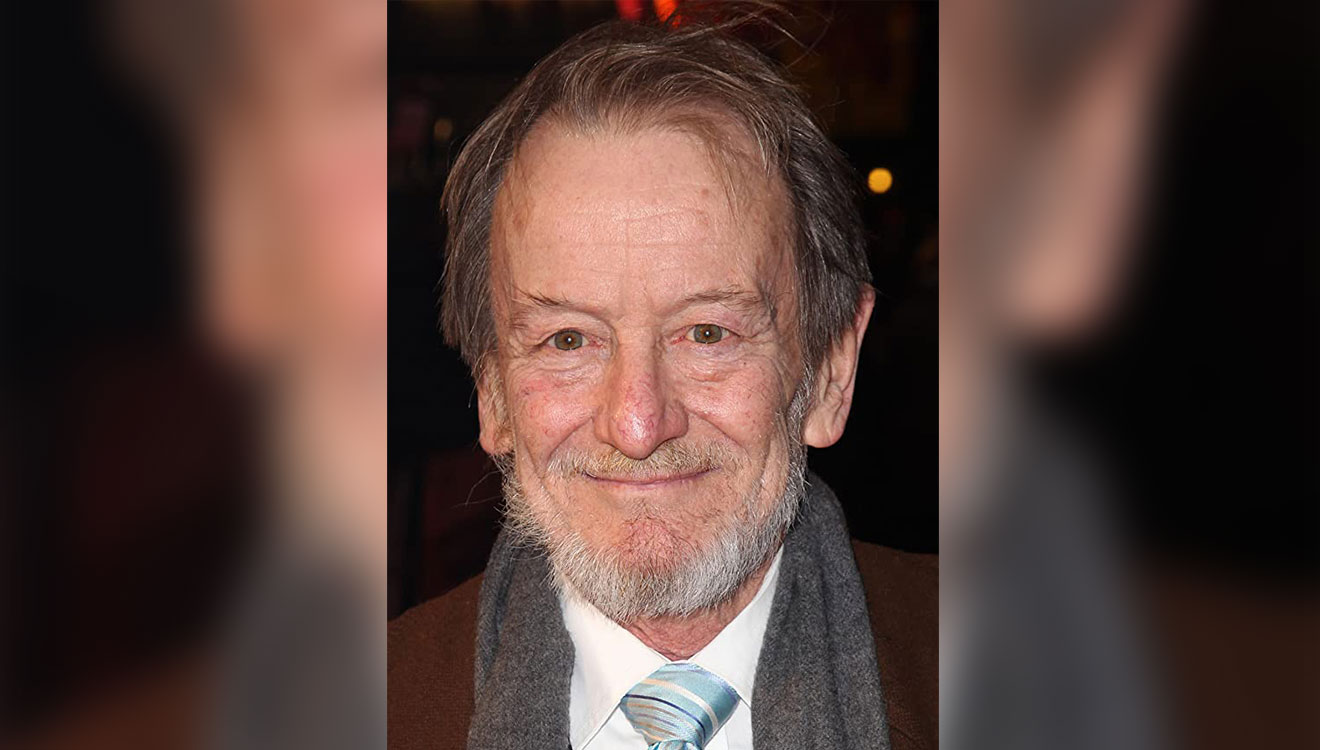When director Tate Taylor’s film The Girl on the Train released in 2016, readers worldwide were still raving about the book it is based on. British author Paula Hawkins debuted with the novel of the same name the previous year, and its narration style and “unlikeable characters” made it an instant success. The book even earned praise from renowned authors like Stephen King.
While the psychological thriller book swiftly topped the charts as a best seller, the creators of the film retained the novel’s central theme and added elements to make the screen adaptation more suitable for the big screen.
Warning: Spoilers ahead
The context
The film, starring Emily Blunt as the protagonist Rachel, is more or less loyal to the book. The main plot is the same- alcoholic, unemployed Rachel aimlessly rides the train every morning staring into the suburban houses that she passes through. A divorcee, she can’t get over the fact that her ex-husband Tom (Justin Theroux) has moved on and got married to his mistress Anna (Rebecca Ferguson), and is now a father to a baby girl. During these train rides, she gets fixated on Tom’s neighbours- the perfect couple Megan and Scott Hipwell (Haley Bennett and Luke Evans) and she imagines their marriage and the lives they lead.
While she was married, she slipped into depression when she found out she was infertile and turned into an alcoholic. Her dependence on alcohol would make her turn violent and cause blackouts, something she had no memory of when she awoke. Obsessed with how Tom cheated on her, Rachel calls and harasses Tom and Anna every night, and again fails to remember these episodes when she wakes up sober.
Things change for the worse when Rachel spots Megan hugging another man and inadvertently gets pulled into an investigation when Megan goes missing and is later found dead.
The deviations
Despite retaining the crux of the story, the film’s setting is entirely different. The novel is set in London, while the film takes place in New York. Rachel is seen riding up and down the Hudson and getting off the Grand Central Station, where she spends the rest of the time drinking at the train station bar. In the novel, the houses are all identical, causing Rachel to get confused and disoriented, but the film shows them to be quite different from each other.
An alcoholic and depressed woman, whose narration is not entirely reliable due to her frequent alcohol-induced blackouts, the novel describes her as fat and undesirable, which the film adaptation gives a miss. However, considering the fact Rachel carries a deep sense of self-loathing, her descriptions about herself may not be accurate.

One of the biggest changes that director Taylor incorporated was toning down Scott’s abusive character in the film. Hawkins depicted Scott as a controlling, possessive, and emotionally abusive husband, suspicious about his wife’s loyalty. When he comes to know about his wife’s death, he enters into a complicated relationship with Rachel, as he mistakes her to be Megan’s friend from her art gallery.
In the film, it is easy to sympathise with Scott. When he finds out that Rachel had lied about how she knew Megan, he attacks her and storms out of her apartment. In the novel, however, he confronts her in his house and goes to the extent of locking her up in a room.

The scene where Rachel realises that Tom is the actual culprit, is what sets the film apart from the novel. Hawkins relies on Rachel recalling the actual turn of events to shed light on Tom’s true nature- a cheating, manipulative husband, who constantly gaslights people around him.
In the film, this gets highlighted when Rachel meets Martha (Lisa Kudrow), the wife of Tom’s former boss. When Rachel apologises for her drunken behaviour at a party in Martha’s house, which led to Tom losing his job (as Tom led her to believe), Martha informs her that none of that had indeed happened and that Tom lost his job because he had sexual relations with every girl in the office. This serves as the film’s turning point, where Rachel begins to put the pieces together and realises that Tom had killed Megan.
Minor changes
In order to establish Rachel’s instability and erratic behaviour, the film has a scene where she shoots a drunken video talking about how much she hates Anna and how she wants to kill Megan for cheating on her husband. This serves to confuse viewers and seems to depict Rachel as Megan’s supposed killer.

The film adaptation also merges the characters of detectives Gaskill and Riley into one (Alison Janey). Janey’s character is the lead investigator in Megan’s case and is far less sympathetic of Rachel.
Similarly, Rachel’s once-sympathetic roommate Cathy (Laura Prepon) is shown as more strong-willed in the film and gets far less screen time. Her boyfriend is entirely omitted in the film.
The ending of the book is also slightly altered. In the book, Rachel decides to stop frequenting her original train route and move on with her life. In the movie, however, Rachel comments that she is tied to Megan forever now and still takes the same route, but sits on the opposite side of the train.
The Girl on the Train incorporates some changes to bring the best-selling novel to screen, while consciously retaining the key elements that help in propelling the narrative forward.
The Girl on the Train has been remade in Hindi by director Ribhu Dasgupta, with Parineeti Chopra playing the role of Rachel. The film was expected to release this year but has been postponed due to the Covid-19 pandemic.



